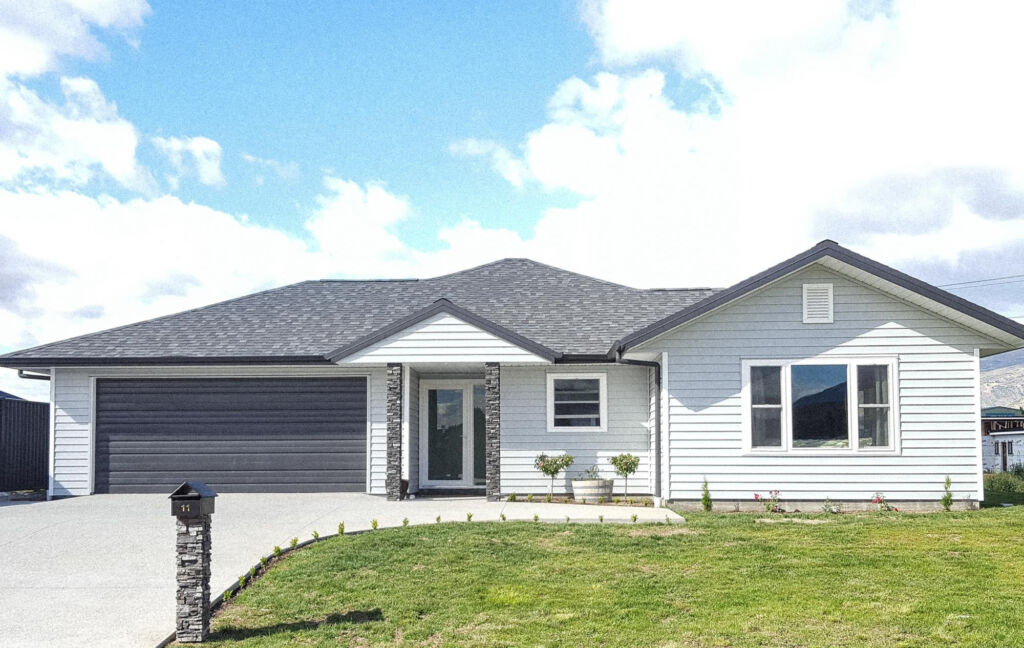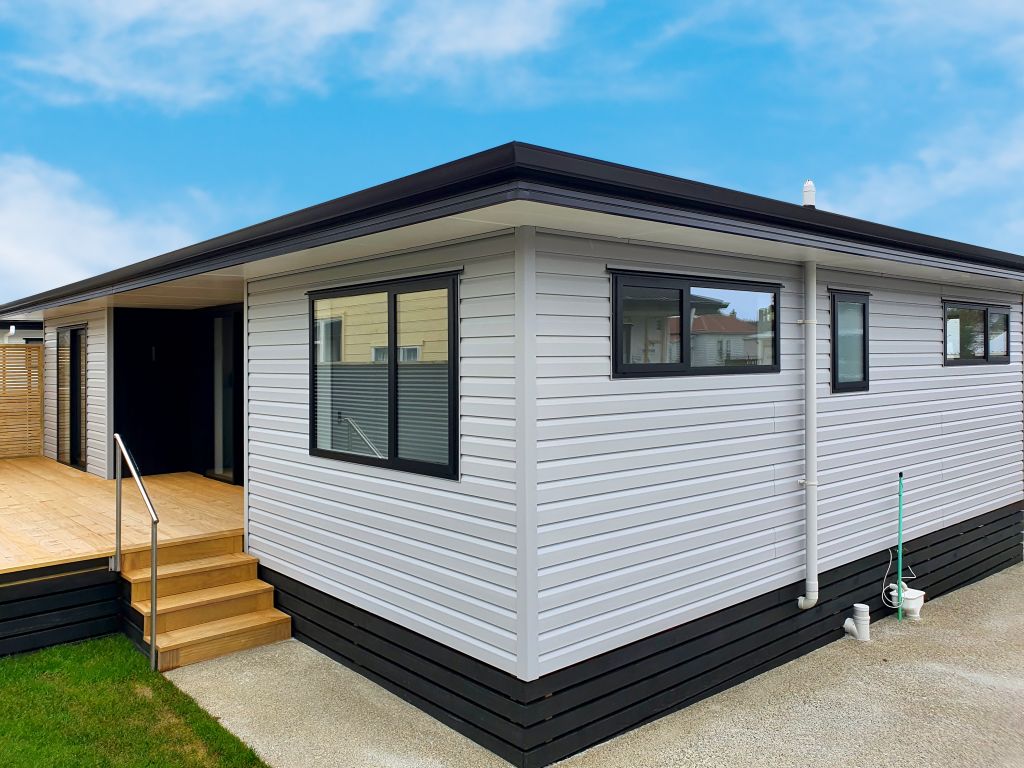R Value


Vinyl cladding can provide a great boost to the energy efficiency of a home. It has environmental and sustainable benefits in both its use and its manufacture.
With 20mm EXPOL EPS High Density foam-backing, and the option of Graphite EPS, you enjoy increased insulation. The range of temperature variation inside the building is greatly reduced. Stay cooler in the Summer, and warmer in the Winter. This leads to significant energy cost savings and environmental benefits; see both a reduction in carbon footprint, and lower power consumption inside the home.
The result is a more comfortable home to live in, and lower energy bills.
(We like staying comfy and hate bills as much as you do!)
When installed under the New Zealand Building Code, Vinyl Cladding is a huge improvement to the insulation of a home.
Trapped air is an excellent insulator, as long as the air is not moving. Double Glazed windows and the likes of a common Thermos® flask both use this principle. They’re both good examples of how trapped air works as an insulator to keep what’s inside warm or cold.
A correct install of insulated Vinyl Cladding (over existing timber or fibre cement walls, or onto new framework with correct underlay), creates this effective air gap.
Polystyrene foam is a lightweight and cost-effective form of insulation. It provides significant savings in energy costs. Foam backed Vinyl Cladding, over framework with an underlay of plywood or fibre cement sheeting, can achieve an R value of approximately R1.5. This is also due to the air gap created by 90mm framework.
R value can be further increased by the use of in-wall insulation such as fibreglass batts, and a compliant wall wrap underlay. An R value of 3 can likely be achieved if these principles are adhered to.
How our insulated weatherboards work
Standard uninsulated weatherboards allow the warmth from your home to escape. Our insulated weatherboards repel cold and retain the heat in your home, where it belongs.
Foam backed Vinyl Cladding adds a layer of insulation to the entire home, without any demolition, or reconstruction. This results in higher insulation levels and energy savings, year after year. This is good news for the homeowner, and for the planet.



